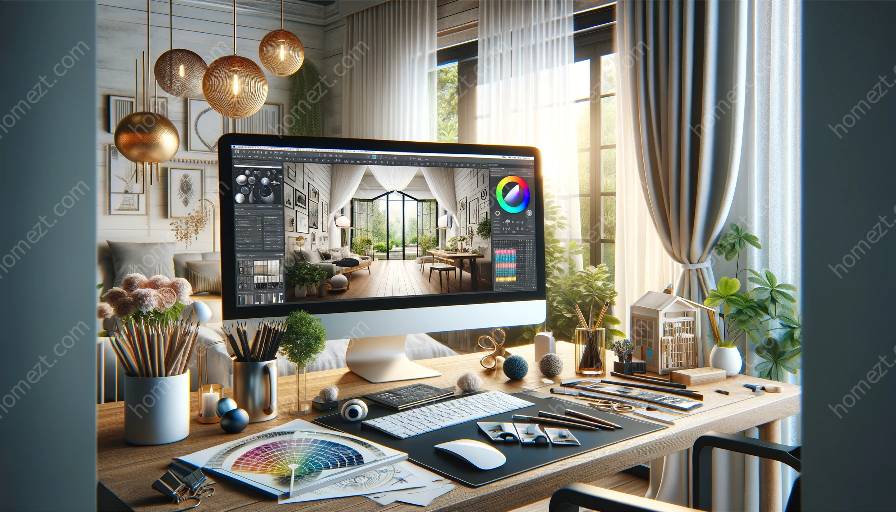Technology and software have significantly transformed modern interior design and styling, bringing about innovative tools and platforms that have revolutionized the industry. Design software and tools are now integral to the creative process, allowing interior designers to visualize, plan, and execute projects with enhanced precision and efficiency.
The Impact of Technology on Interior Design
Technology has disrupted the traditional methods of interior design, offering professionals and enthusiasts a wide array of digital resources to streamline their work and enhance the overall design experience. Design software and tools have become essential in creating virtual prototypes, conducting detailed space planning, and implementing sustainable design practices. The integration of technology has also facilitated the collaboration between designers, clients, and manufacturers, leading to more cohesive and interactive design processes.
Design Software and Tools in Action
Design software and tools encompass a diverse range of applications and platforms that cater to different aspects of interior design. Computer-aided design (CAD) software, for instance, allows designers to draft precise floor plans, customize furniture layouts, and experiment with various design elements in a virtual environment. Additionally, advanced rendering software enables realistic visualizations, allowing clients to immerse themselves in the proposed design before the physical implementation.
Beyond traditional two-dimensional design, interior designers now have access to three-dimensional modeling software that offers a more immersive and interactive approach to spatial planning. These cutting-edge tools empower designers to simulate lighting conditions, test material finishes, and explore architectural details, providing a comprehensive understanding of how a space will look and feel.
The Synergy of Software and Styling
Software plays a pivotal role in bridging the gap between interior design and styling, offering robust platforms for experimenting with color schemes, fabric textures, and decorative elements. Virtual mood boards and design libraries have become indispensable resources for curating inspirational visuals and sourcing design materials, facilitating seamless communication between designers and clients.
Moreover, the integration of augmented reality (AR) and virtual reality (VR) technology has transformed the interior styling process, allowing clients to visualize and experience various design options in a highly immersive manner. Designers can leverage these technologies to present their concepts in a compelling and interactive format, enhancing client engagement and decision-making.
The Future of Interior Design Technology
As technology continues to advance, the future of interior design holds promise for further innovations and enhancements. Artificial intelligence (AI) is poised to play a significant role in automating repetitive tasks, offering personalized design recommendations, and optimizing spatial planning based on user preferences and behavioral patterns.
Furthermore, the integration of design software with parametric design principles and generative algorithms presents exciting opportunities for creating highly complex and adaptive spatial configurations. This convergence of technology and design will enable a new era of fluid and responsive interior environments, blurring the boundaries between architecture, interior design, and interactive spatial experiences.
Embracing the Digital Design Revolution
In conclusion, technology and software have reshaped the landscape of modern interior design and styling, empowering designers to unleash their creativity and deliver unparalleled experiences to their clients. The symbiotic relationship between design software and interior design has paved the way for a dynamic and exciting future, where innovation and imagination converge to redefine the spaces we inhabit.


























